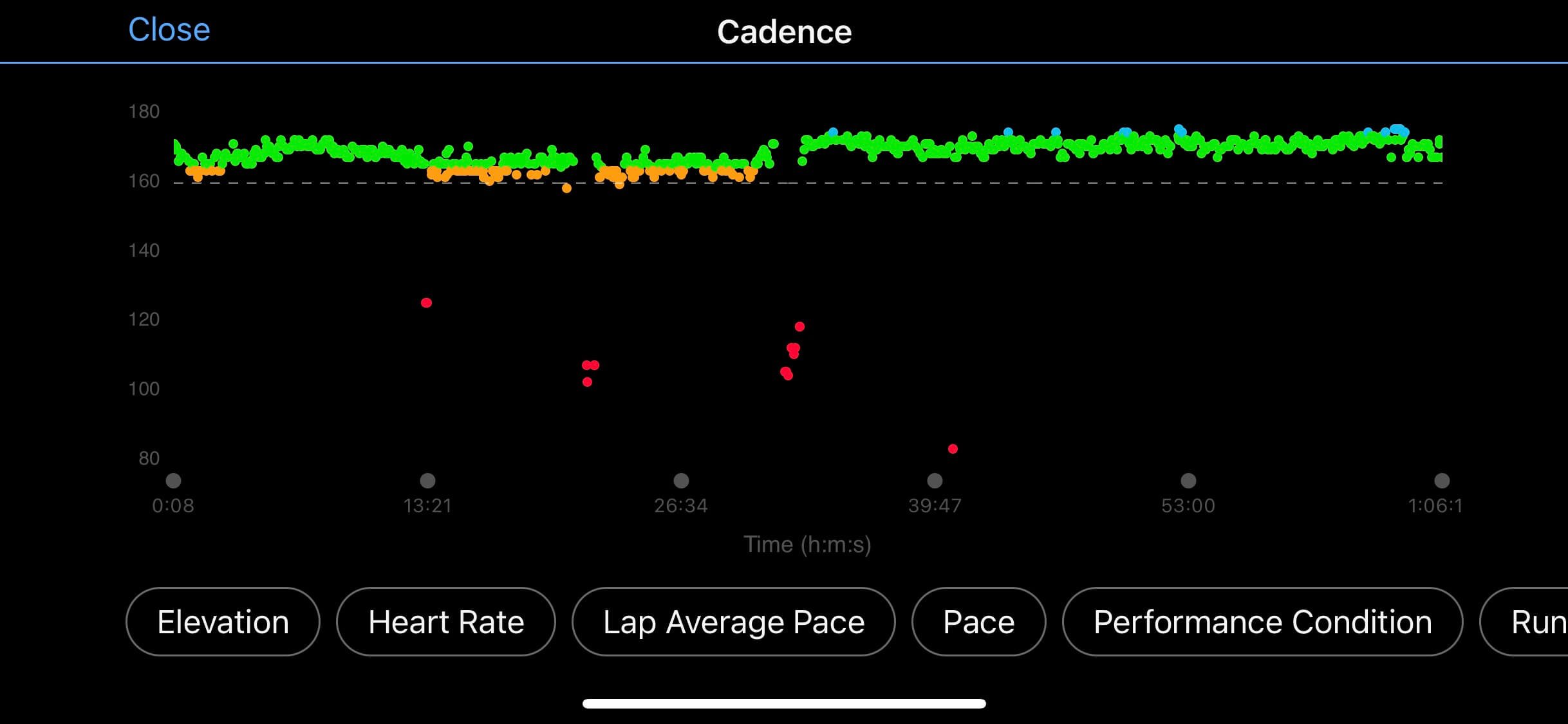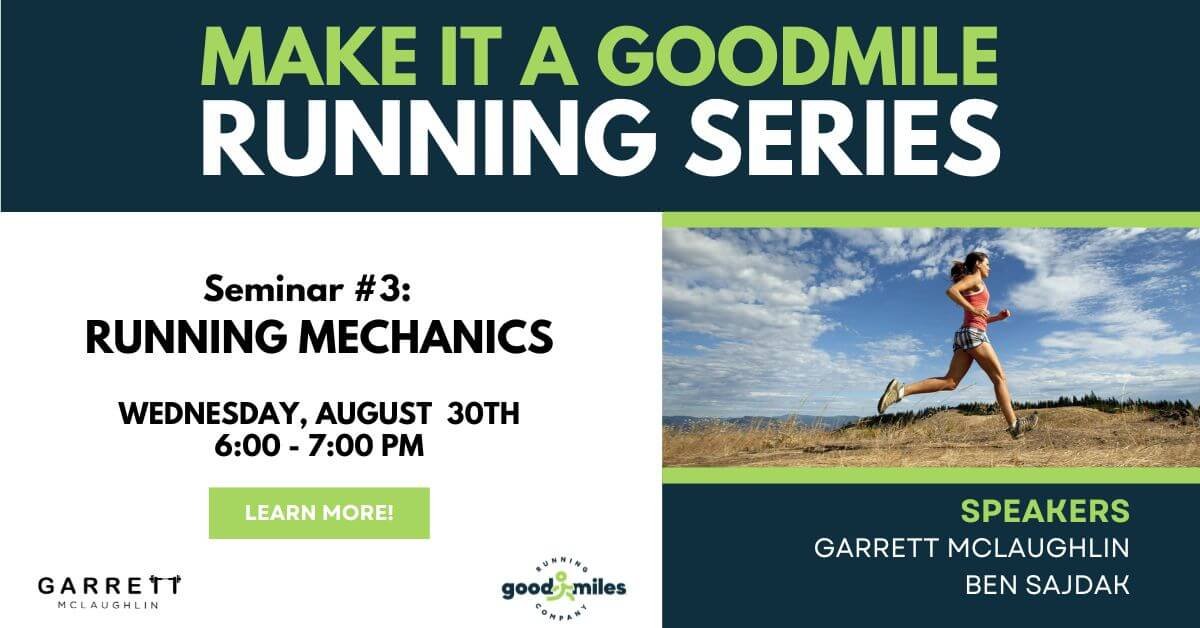3 Things To Stop Worrying About With Your Running Form
When it comes to running, there's no shortage of advice on how to “improve” your form. From foot strike pattern to cadence and glute activation, the world of running form can sometimes feel overwhelming. However, it's important to remember that while these aspects can play a role in your running performance, they're not the end-all and be-all. In fact, there are three things I wish you didn't worry about so much when it comes to your running form.
1. Foot Strike Pattern
One of the most debated topics in the running community is the ideal foot strike pattern. Should you land on your heel, midfoot, or forefoot? While it's true that different runners naturally adopt different foot strike patterns, obsessing over achieving a specific pattern can lead to unnecessary stress and detract from the joy of running.
The reality is that the "perfect" foot strike pattern can vary greatly depending on factors such as your body mechanics, running speed, and terrain. Instead of fixating on a particular pattern, focus on a more intuitive approach. Allow your body to find its natural rhythm. Your body has an incredible ability to adapt and find the most efficient and comfortable way to move.
If you're experiencing pain or discomfort while running, modifying your foot strike pattern temporarily can be a viable way to shift stress away from the irritated area. With that being said, research tells us that this isn’t really necessary in healthy runners and can actually cause injury when the body isn’t accustomed to it. That’s why I highly recommend completing a slow motion running analysis with a trained professional before making alterations to your form.
2. Achieving a Cadence of 180 Steps Per Minute
The 180 steps per minute rule has become a sort of holy grail in the running world, with many experts touting it as the magic number for optimal running efficiency. While a higher cadence can indeed have benefits, such as reducing the risk of overstriding and promoting a more balanced stride, fixating on hitting exactly 180 steps per minute isn't necessary for every runner.
Cadence can be influenced by various factors, including your height, running speed, and personal running style. Forcing yourself to maintain an unnaturally high cadence can lead to a choppy and uncomfortable running pattern. Instead, focus on finding a cadence that feels comfortable and natural to you. This might be above or below 180 steps per minute, and that's perfectly okay.
If you are dealing with knee pain, research shows that increasing your cadence by 5% can reduce stress on the knee up to 23%. This is another example of why running form recommendations need to be tailored to each individual based on your goals & injury history, while not being forced on every runner.
3. Activate Your Glutes
Don't get me wrong—strong glutes are important for overall running performance and injury prevention. However, the idea that every runner needs to “feel” their glutes activating while running is an exaggeration. While the glutes extend the hip and contribute to the push-off/propulsion phase of running, it’s actually the soleus (deep calf muscle) & quadriceps (front of thigh) muscles which are the most involved overall.
Remember, running is a whole-body endeavor. It's not just about one muscle group or one specific aspect of your form. The glutes have regularly been placed on a pedestal as the most important muscle group in the human body and it’s doing a lot of runners a disservice. Your body works as a unit, and while activating your glutes while running might feel productive, I’d simply run naturally while making sure the calves & quads are the top priority within your strength training program.
Here are two of my favorite exercises that strengthen the calves & quadriceps simultaneously to help you get the most bang-for-your-buck…
#1. Soleus Wall Sit
#2. Split Stance Calf Raise
In conclusion, while running form is important, it's essential not to get caught up in the minutiae of specific elements like foot strike pattern, cadence, and glute activation. Instead, approach your running journey with a holistic perspective. Listen to your body, allow it to find its natural rhythm, and focus on building functional strength that supports your overall performance and well-being. Running should be a joyful and fulfilling experience, and worrying excessively about these aspects of form can take away from the simple pleasure of hitting the open road or trail. However, if you are struggling with a running-related injury, modifying certain components of your running form could help expedite the return to run process.
Are you local to the MIlwaukee area and want to learn more about ‘The Science Behind Perfecting Your Stride?’ Join us on Wednesday, August 30th at 6pm for a free 60-minute seminar all about running mechanics. This will be hosted at Goodmiles Running Company in Greenfield, Wisconsin.




